Mudsill/Compensating for Out-of-Square Foundation
Multi-part question. We are building a very small studio cabin, 16×24, shed (single slant) roof, with a loft in one corner.
Jurisdiction requires IRC 2018. We’re our own GC for this small build, and doing a combo of DIY and hiring it out.
We recently moved to a new area; it’s hard to find good workers and our foundation contractors turned out to be less than highly skilled. Cabin will be built on a concrete filled cmu block wall (encapsulated crawl space).
We hired out the block wall and it is not square. Having our block foundation guy come back and fix or hiring someone else to fix is not an option. We really just have to work with what we have and hope that for such a small structure we’ll be OK but we have a couple questions on how to proceed.
We’ve been working on squaring things up getting ready to place mudsill, and we’re finding that in some portions the mudsill is going to have to overhang the exterior of the wall by 1 inch, in a couple places overhang is closer to 1.25.”
Example: On at least 2 walls, in order to get the mudsill squared up, at one corner the mudsill would have to have a 1″ overhang but along the same wall on the other corner the mudsill would have to be inset 1″ from the edge of the block wall. So the block foundation wall is pretty off unfortunately.
We don’t like the idea of overhang especially at 1″ and higher…and while we know it isn’t best framing practice, we also can’t find any specific code that addresses this. So questions:
1. Does code address mudsill overhanging foundation wall? Wondering if this overhang is something an inspector would likely call out.
2. We were initially planning 2×6 mudsill. Wall studs will be 2×6, due to span height along the taller wall.
Would we be fine with this 1-1.25″ overhang with a 2×6 mudsill?
3. Some things we are considering to help compensate :
-Bump up the mudsill from 2×6 to 2×8 so that greater percentage of the mudsill is bearing on the block wall. (??)
-And/or also use Simpson Strong-Tie bearing plates which are not required in our seismic zone but could help reinforce a bit better (??)
-Block foundation contractor did put in cast-in-place anchor bolts but given the wall isn’t square we’re having to cut most of them off and will have to replace in order to get the bolt in middle 1/3 of mudsill – we will be using Titan HD anchor bolts in place of the cast-in bolts.
Thanks for your input as to how to best work with what we’re dealing with to ensure things are solid going forward.
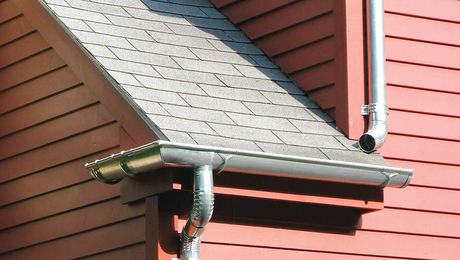

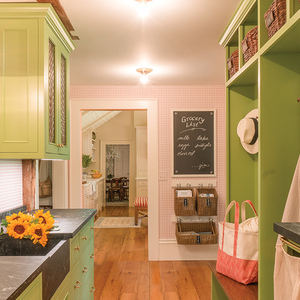
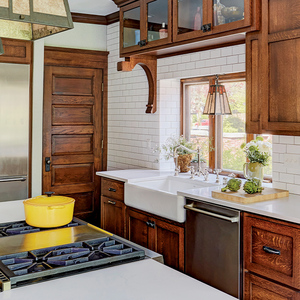
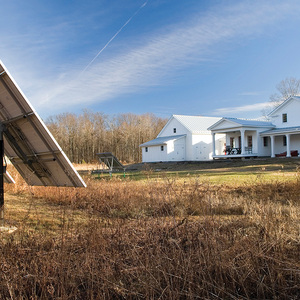








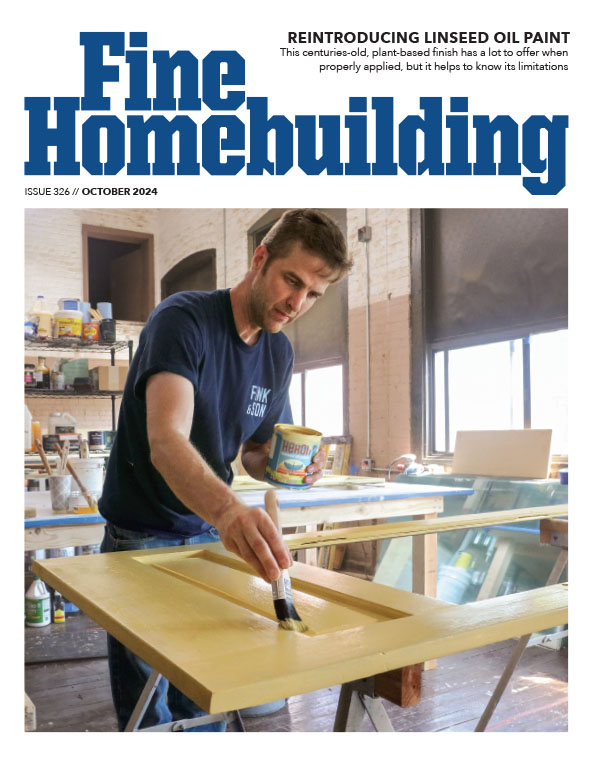





Replies
Shorten the dimension for that side by 1" so instead of 10' x 12' make it 9'-11" x 12'.
No one will know except you and us and we won't tell.
Over the years I’ve seen some odd foundations, but am a bit flummoxed over the dimensions you give.
Could you layout here a pencil sketch of what you have?
Thanks
I would vote with designbing if I’m understanding correctly.
-Shrink the building to minimize the overhang/underhang.
-Shift the building to put the most unsightly to the back and a side you won’t see often
-Add some kind of kick out flashing around the perimeter that addresses the ‘underhang’ to protect the foundation/mud sill connection and create a bit of continuity to distract from the issue.
You could probably fudge square a 1/4” to tease out a little extra and never notice in the end. but you would likely notice over and over as you attempt to compensate during construction. It can be done you just have to live with the additional headache.
Thanks, yes, we are trying to avoid having to keep compensating for this as we go. As it stands our dimensions 16x24 are 'perfect' for sheet goods, etc...
Appreciate the suggestions - will look into flashing.
How many courses of CMU are we talking about?
If you are partly DIY, it could be possible to remove a couple courses and make the wall square by the time you get to the top.
Or are the cores already filled?
Yep, already filled...
Maybe, just maybe, you could simply frame the house a bit out of square.
Go back several decades and you'll find that the houses were framed to fit the foundation.
I know, I know, the framers won't be able to gang-cut the joists & rafter and they'll charge you more, but WTF? How many places in the entire home will that be a pain? Most floor & ceiling joist are lap-spliced over a carrier beam. If the roof is framed with trusses contact the manufacturer and find out what the acceptable tolerances are for the truss span.
I live in a house built in 1987. There ain't a precisely square wall corner or a perfectly straight, flat wall anywhere.
How much does it matter in the big picture if it all will never be conspicuously noticeable in its finished state?
JMNTBHO
Why the spammy looking web link? This sounds and looks like AI generated reply/spam.
Nice catch, those ai bastards seem to really enjoy getting in here since the publisher/owner change.